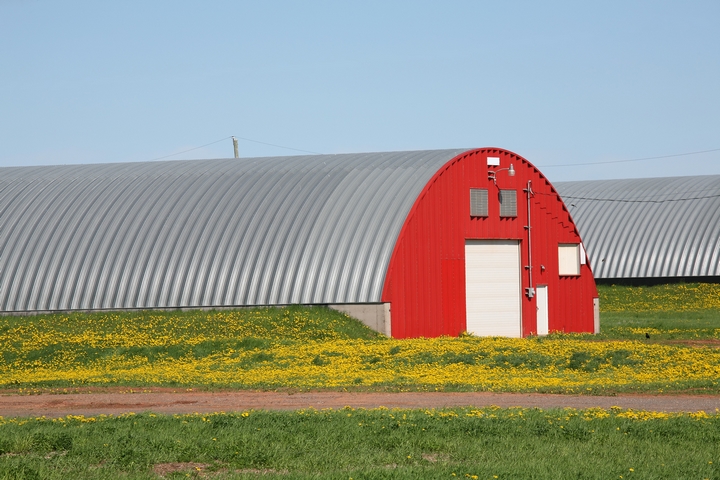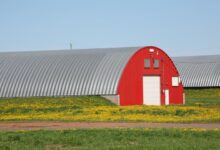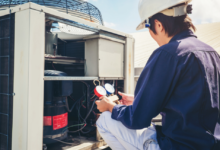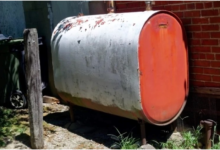
How Do You Pick the Best Location for Your Next Farm Structure?
Choosing the right spot for new farm sheds can make all the difference in how efficiently your property runs. The best location balances convenience, accessibility, and environmental factors to protect your investment and support daily operations. From wind direction to ground slope, several elements determine whether your structure will stand the test of time—or cause frustration down the road.
1. Function and Accessibility. First of all, think about the daily use of the building. A proper spot must allow for easy moving of the supplies, animals, or food, with little or no back-and-forth at all.
Think of it this way:
- Are there going to be frequent entries and exits for big machines?
- Is there proper access for delivery trucks or farm vehicles?
- How near should it be to the already available utilities, such as water and electricity?
The buildings that are placed far from the operational centre are going to consume a lot of time and fuel.
2. Consider Drainage and Ground Stability. Water is considered one of the major enemies of every structure. The lack of proper drainage can result in flooding, rusting, or even damage to the foundations of the house after a long time. It is advisable to seek out ground, which is somewhat higher and has a mild slope so that the runoff is directed the right way.
Do not choose places that:
- After rainwater has gone still, there are pools of water.
- Have soils that are soft or contain a lot of clay, making them prone to shifting.
- Are close to rivers or natural drainage pathways that might overflow.
In case there is no perfect location that is naturally dry, think about putting up gravel or compacted fill material to make a strong base before the construction work.
3. Take Into Account Sun, Shade, and Wind Direction. Comfort and efficiency are heavily influenced by the climate of the location. The proper placement of a farm building can lead to a great reduction in energy consumption and better working conditions throughout the whole year.
The right building is able to capture natural air movement for cooling or heating and at the same time not get in the way of bad weather.
4. Anticipate Future Development. Your present requirements may be different when your business becomes larger. Thus, choose a location that has sufficient surrounding area to permit future expansion, extra storage or new access roads.
5. Check Regulations and Utilities Early. It is also necessary to check the surrounding area for local zoning regulations and permits for construction of agricultural buildings before you start. Moreover, it is of utmost importance to confirm that the site selected can be easily connected to the utilities, such as water and electricity.
Smart Planning Leads to Long-Term Efficiency
The most ideal farm structure sites emphasise ease of use, safety, and sustainability over time. What you get from considering accessibility, drainage, climate, and the possibility of future growth is that your new construction will improve—rather than obstruct—your day-to-day operations.
In case you are thinking of constructing or modernising your farm, it is highly recommended to seek advice from professionals, who will be able to assist you in property evaluation and proper structure design according to your requirements.








